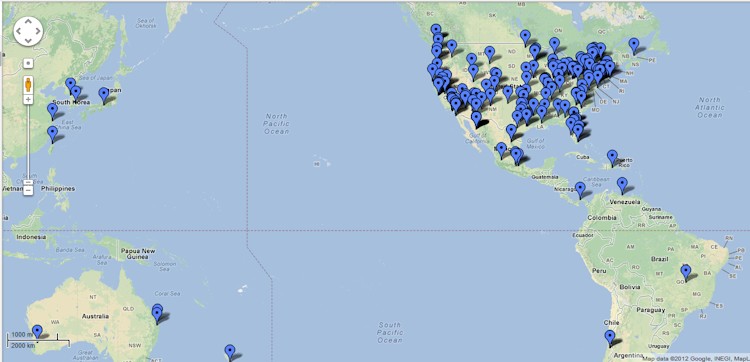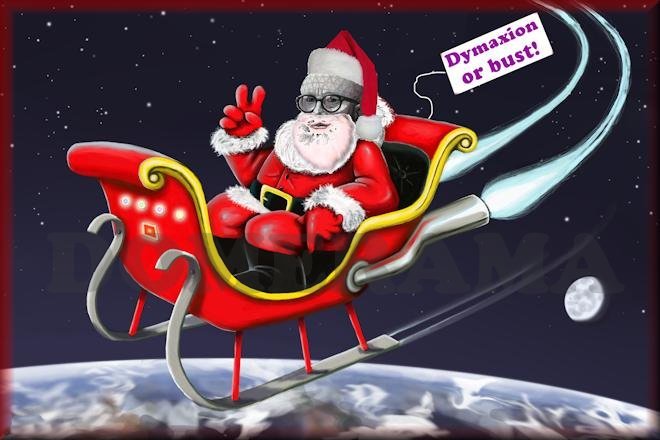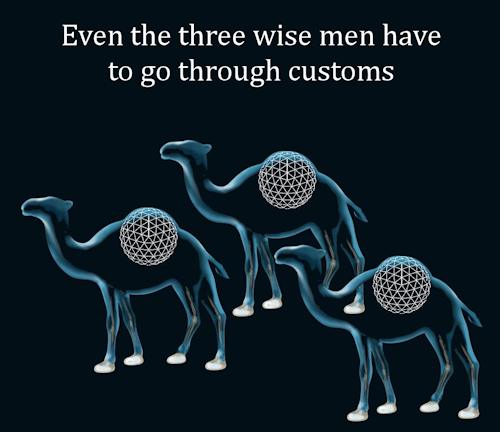Realism in game role-playing has always been a goal of players and game manufacturers alike. With the introduction of new technology and equipment from Microsoft Kinnect, PlayStation Move and Wii, a player is no longer bound to a controller to play a game. As one company states: “You are the controller”.
Below is a video from The Gadget Show that has been 4 million times on Youtube as we write this article. As amazing as the results of their efforts seem to be, you can still create an inexpensive immersive gaming environment in your own home that will be impressive.
In this low-cost solution we assume that you have the following
A curved surface, geodesic assembly or not, 180 degrees or half is best to cover your peripheral field of vision
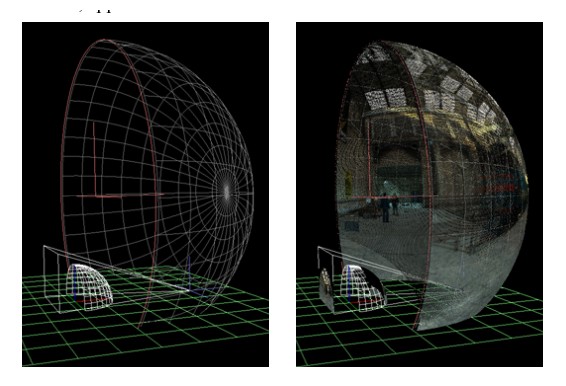
A video projector to display your game graphics
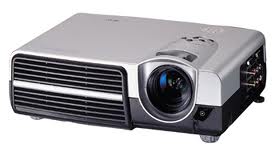
A convex mirror such as the ones you see in stores for security purposes
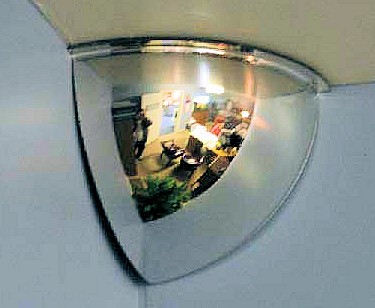
The best mirror to use has the reflective surface on the top of the plastic, but a regular one will do fine for home use
In the video above, five projectors were used to create a 360 degree projection. In a modest setup you can get away with only one projector because we will stretch (warp) the image.
The mirror is curved, so is the dome surface, and this is no coincidence. The image is projected from the projector to the mirror, then from the mirror onto the dome surface. In short, the image is warped then warped again to display a proportional image on the dome surface.
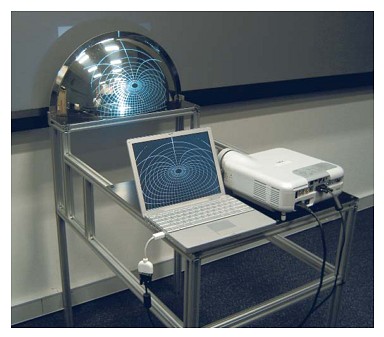
The projector send the image on the mirror; the mirror then projects it on the surface of the dome
Keep in mind that some adjustments are required: your mirror should ideally have its reflective surface on the outer surface (most have it under the plastic), and the distances between projector and mirror, as well as between mirror and dome surface will need to be calibrated.
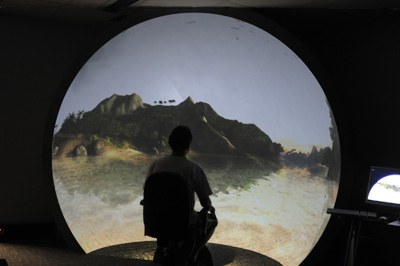
Here is Paul Bourke’s iDome below
For a more detailed explanation on dome projection and immersive gaming, visit the Domerama dome projection section.



